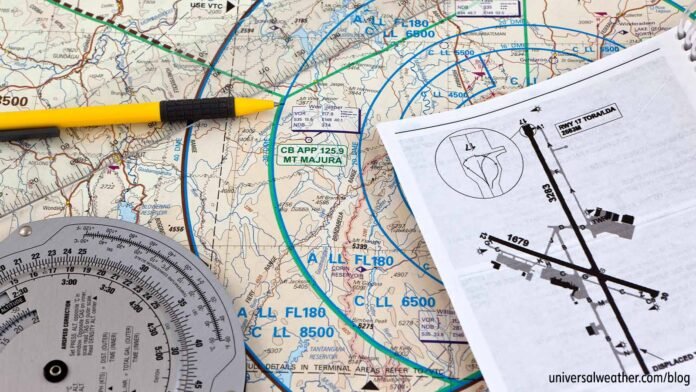Flight planning is a crucial part of aviation that every pilot must master. A flight plan is a detailed document that outlines the intended route, altitude, and other essential information for a flight. Understanding how to create and manage a flight plan ensures safety, efficiency, and compliance with aviation regulations. This article explores the key aspects of flight plans that every pilot should know.
What is a Flight Plan?
A flight plan is a formal document submitted to air traffic control (ATC) before a flight. It includes information about the aircraft, route, departure and arrival airports, estimated flight time, and any alternate airports. Pilots use flight plans to communicate their intentions and coordinate with ATC, ensuring safe navigation throughout the flight.
Types of Flight Plans
There are two main types of flight plans: VFR (Visual Flight Rules) and IFR (Instrument Flight Rules). VFR is used when pilots can navigate visually, relying on landmarks and the horizon. In contrast, IFR is necessary for flying in poor weather conditions, where pilots must depend on instruments and air traffic control for navigation. Understanding the differences between these plans is vital for pilots, especially when selecting the appropriate one for their flight.
Components of a Flight Plan
A well-structured flight plan contains several key components:
- Aircraft Information: This includes the type of aircraft, registration number, and equipment code.
- Route: The intended route of flight, including waypoints and airways.
- Altitude: The cruising altitude, which is influenced by air traffic and weather conditions.
- Departure and Arrival: Specific information about departure and arrival airports, including runway details.
- Flight Duration: An estimate of how long the flight will take, which helps ATC manage traffic.
- Alternate Airports: Identification of alternate airports in case of emergencies.
By understanding these components, pilots can create effective flight plans that meet both their needs and regulatory requirements.
Filing a Flight Plan
Filing a flight plan is typically done through an online system or directly with ATC. Pilots must ensure that all information is accurate and complete to avoid delays or complications. After filing, pilots receive a confirmation, allowing them to proceed with their pre-flight checks.
Importance of Flight Planning
Proper flight planning is essential for several reasons. First, it enhances safety by allowing pilots to anticipate potential hazards, such as weather changes or air traffic congestion. Second, it improves efficiency by optimizing the flight route and reducing fuel consumption. Finally, a well-prepared flight plan helps pilots comply with legal and regulatory requirements, which is crucial for maintaining their licenses.
Learning About Flight Planning
For aspiring pilots, understanding flight plans is an essential skill. Enrolling in the best airline courses in Udaipur can provide the foundational knowledge needed for effective flight planning. These courses cover topics such as navigation, weather interpretation, and air traffic control communication. Additionally, studying at the best aviation college in Udaipur offers hands-on training and exposure to real-world scenarios, further enhancing a pilot’s skills.
Common Challenges in Flight Planning
Pilots often face challenges when creating flight plans. One common issue is navigating complex airspace, which requires a thorough understanding of regulations and procedures. Weather conditions can also complicate flight planning, necessitating adjustments to the route or altitude. By staying informed about these challenges and continuously improving their skills, pilots can develop effective strategies for successful flight planning.
Conclusion
Understanding flight plans is a vital aspect of a pilot’s training and operations. By mastering the components, filing procedures, and the importance of effective planning, pilots can enhance their safety and efficiency in the skies. For those pursuing a career in aviation, investing time in learning about flight plans through reputable courses can pave the way for a successful journey in the field.


